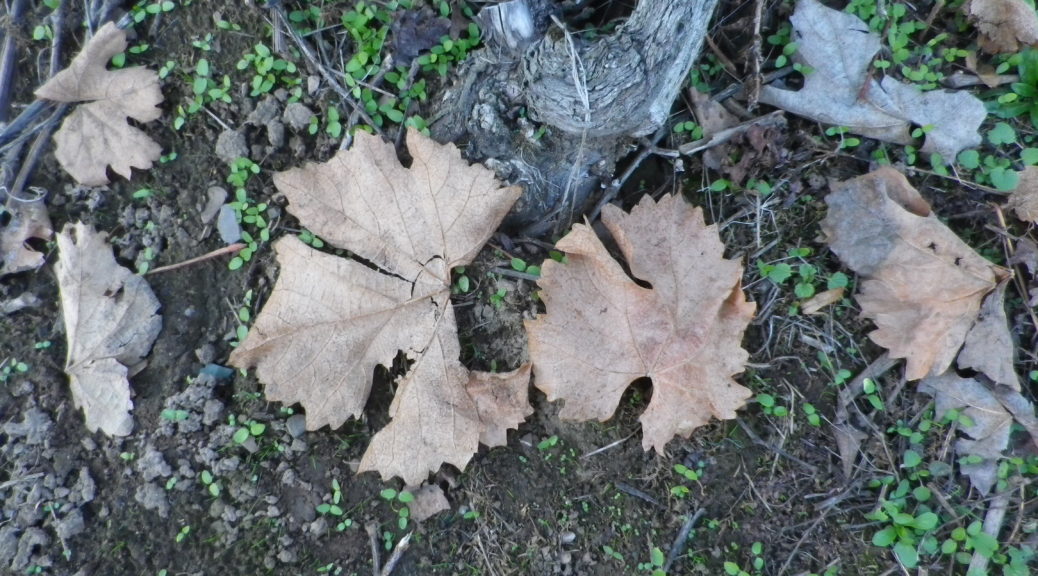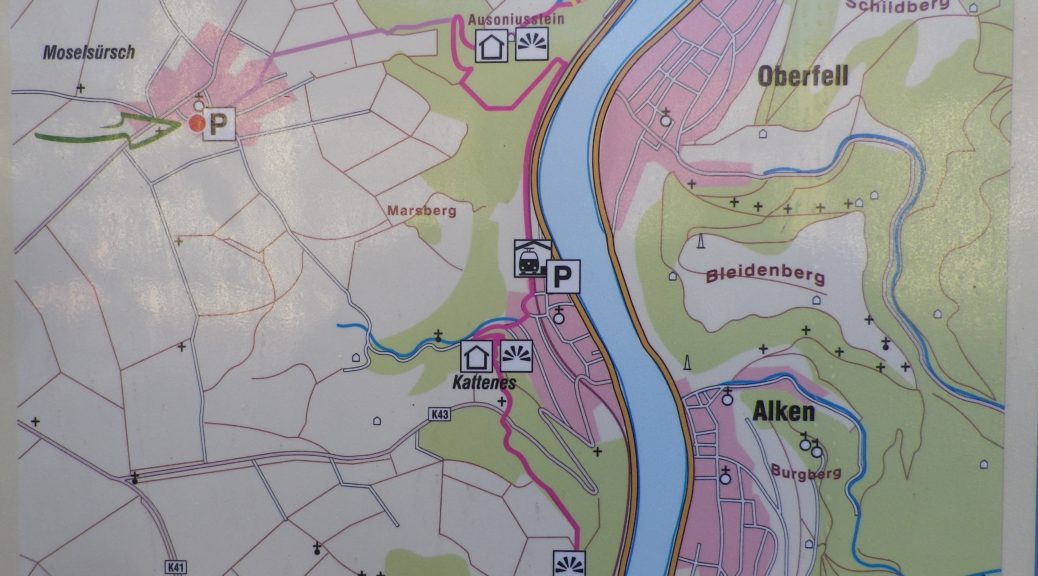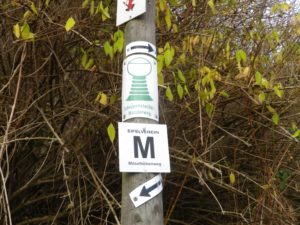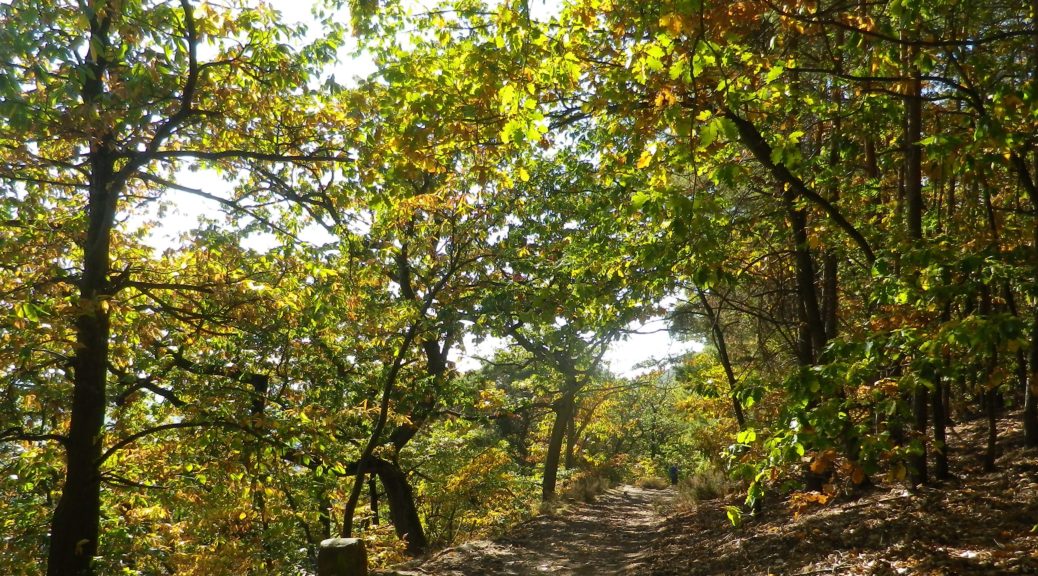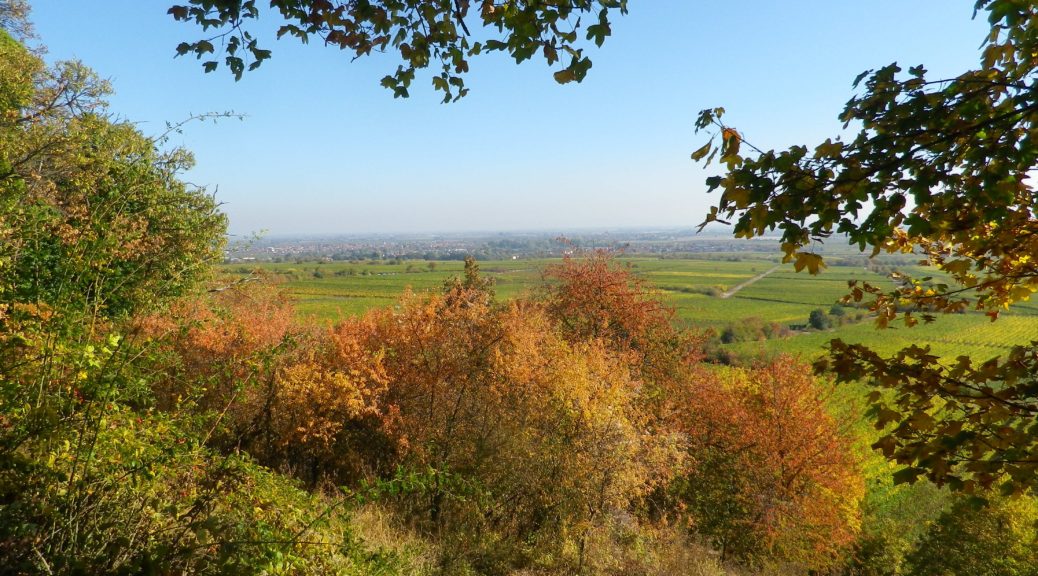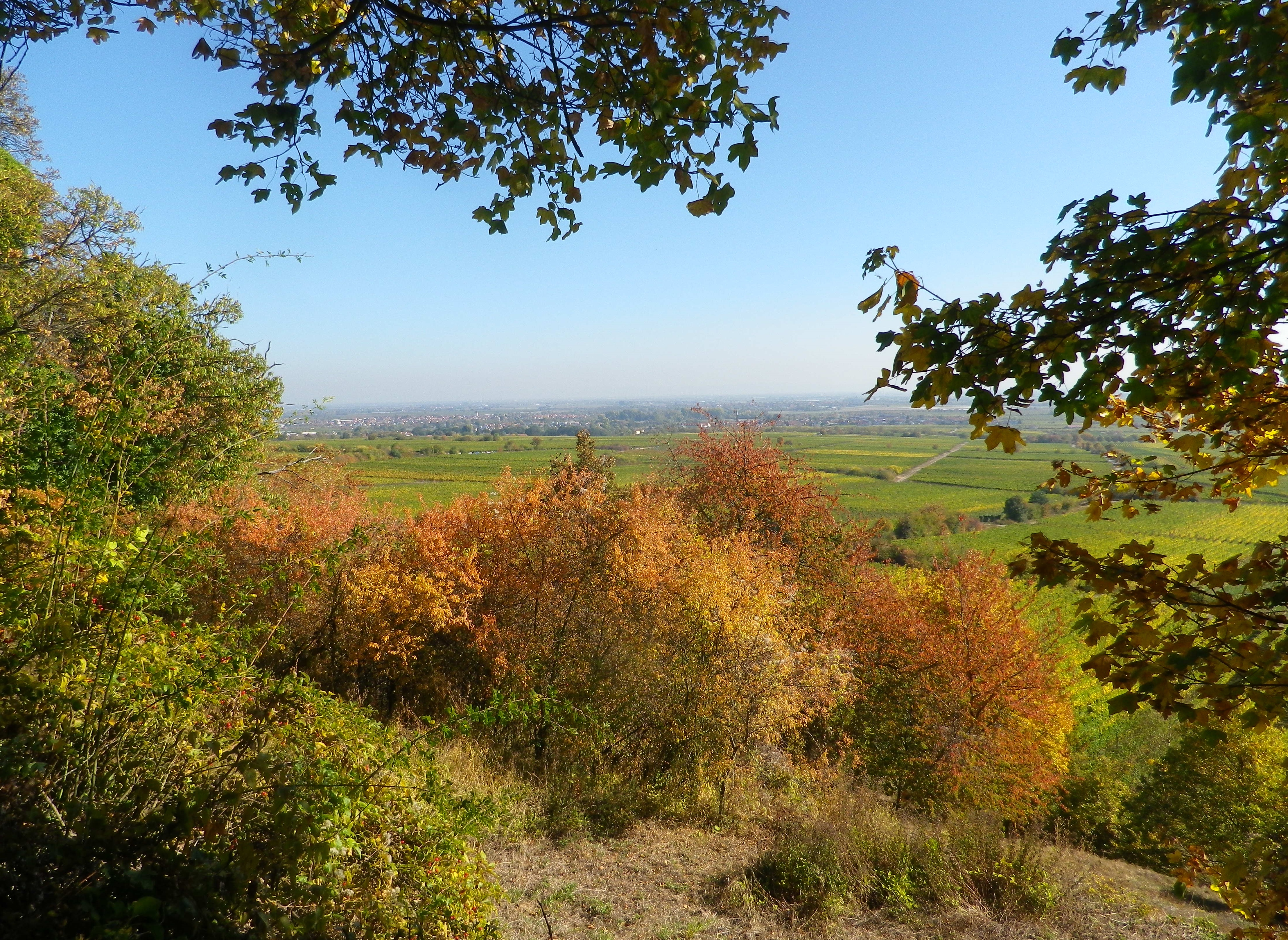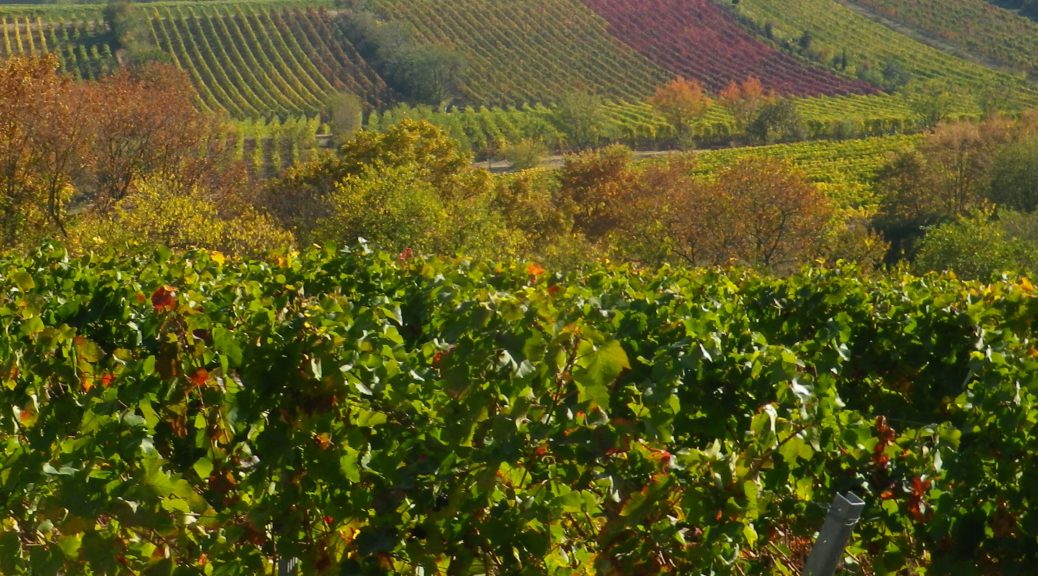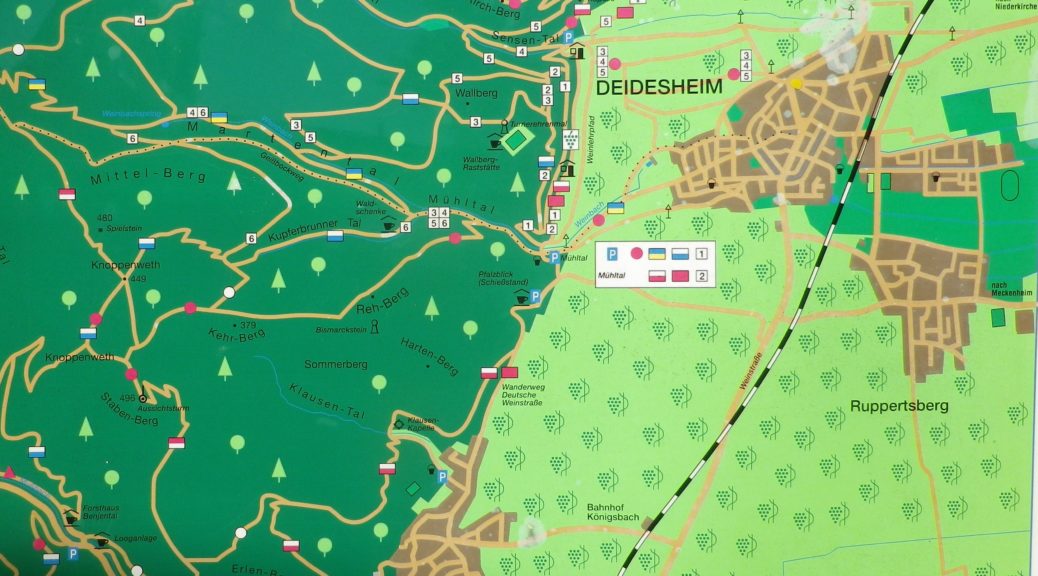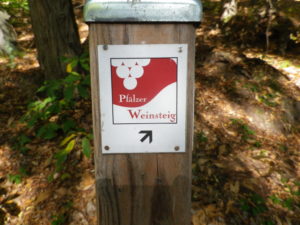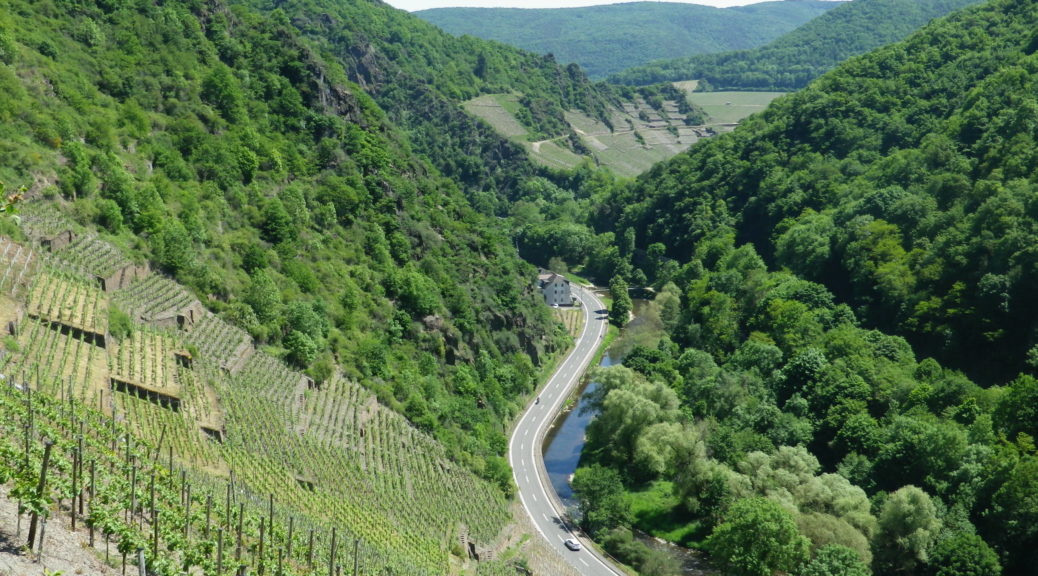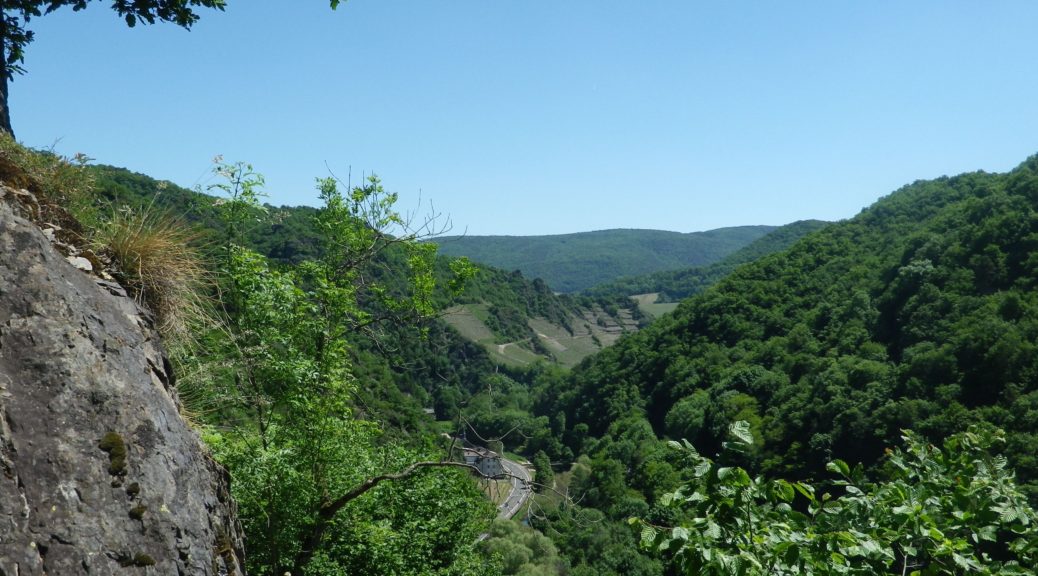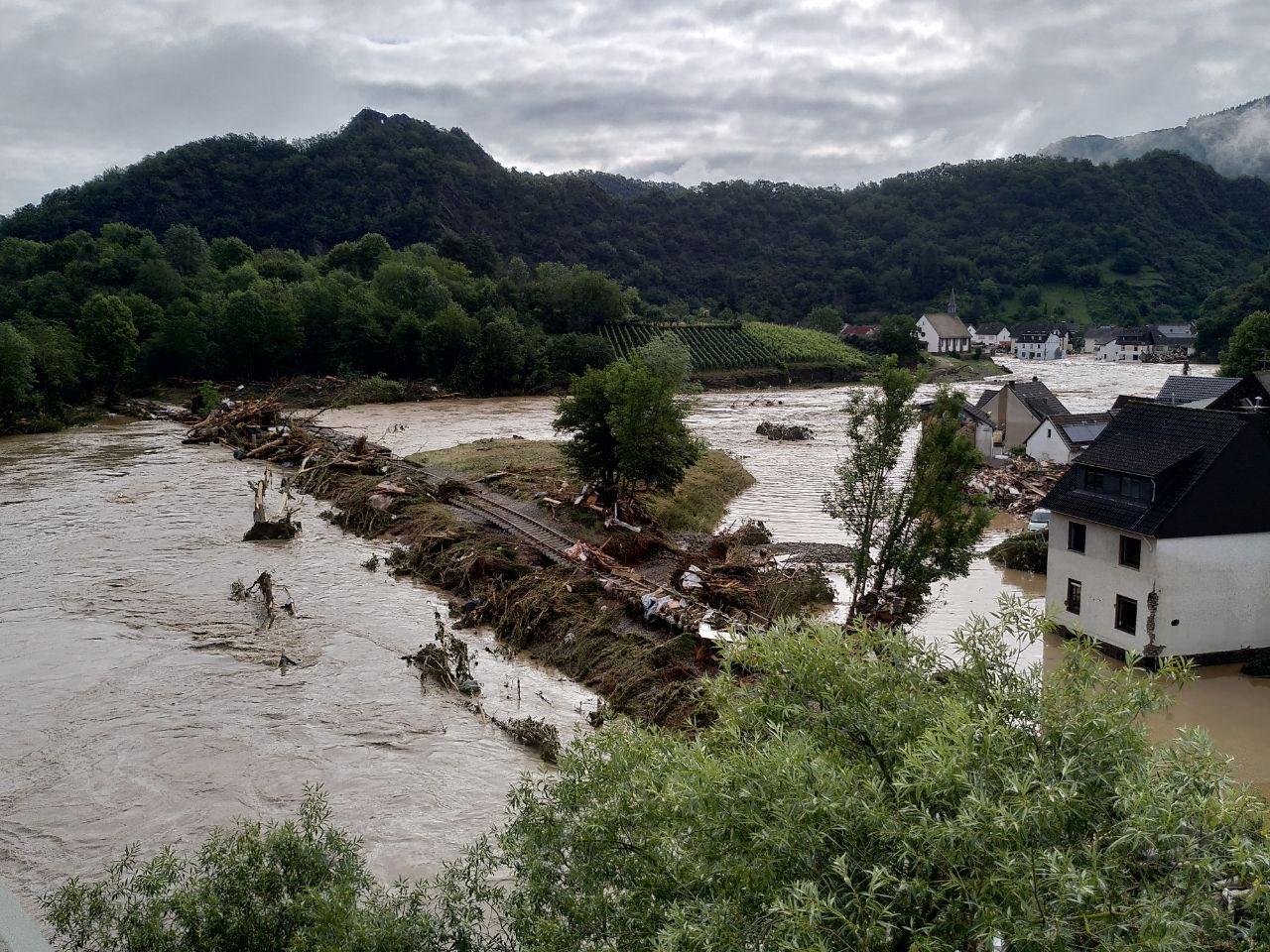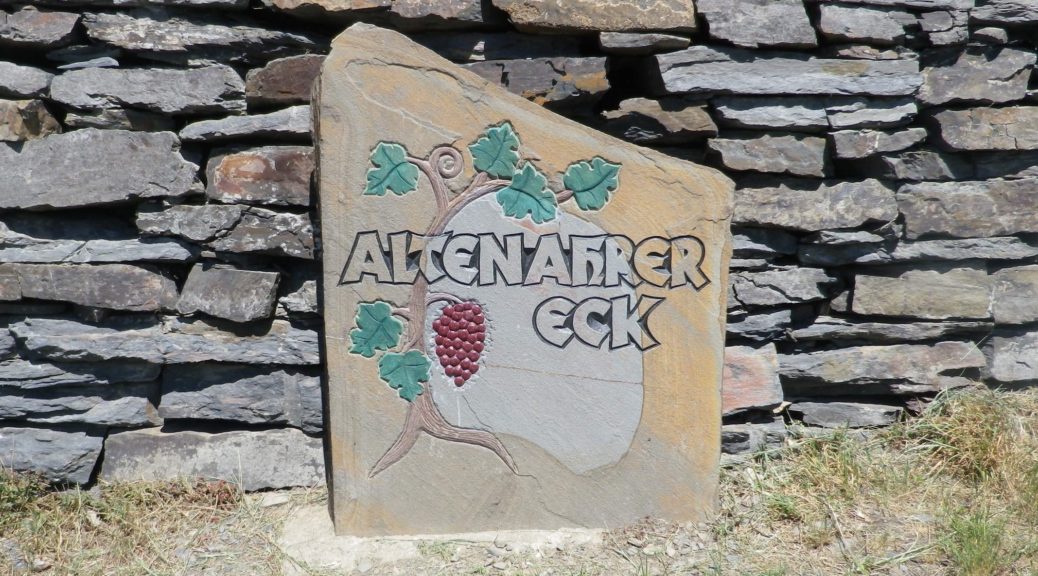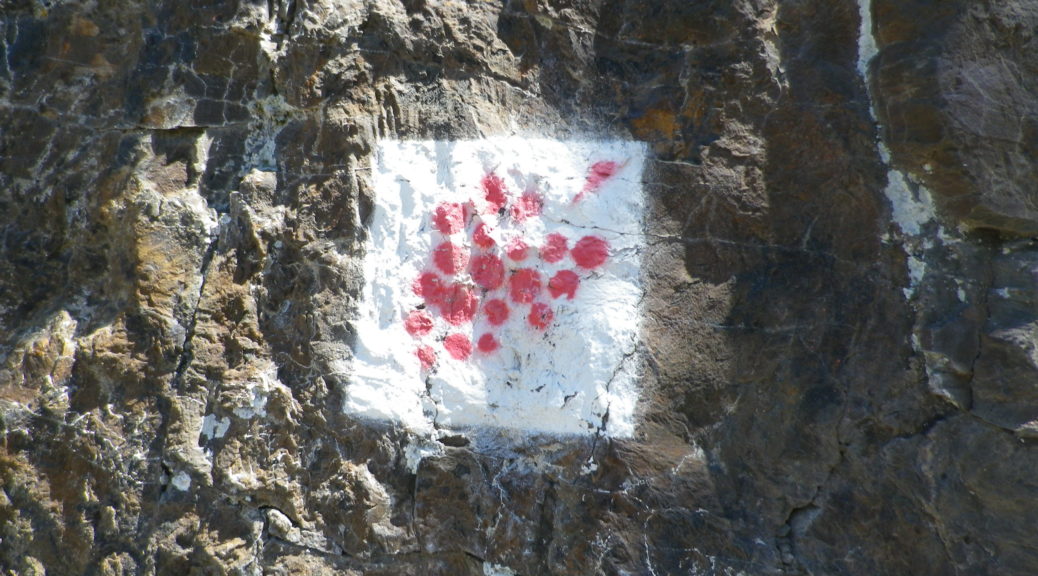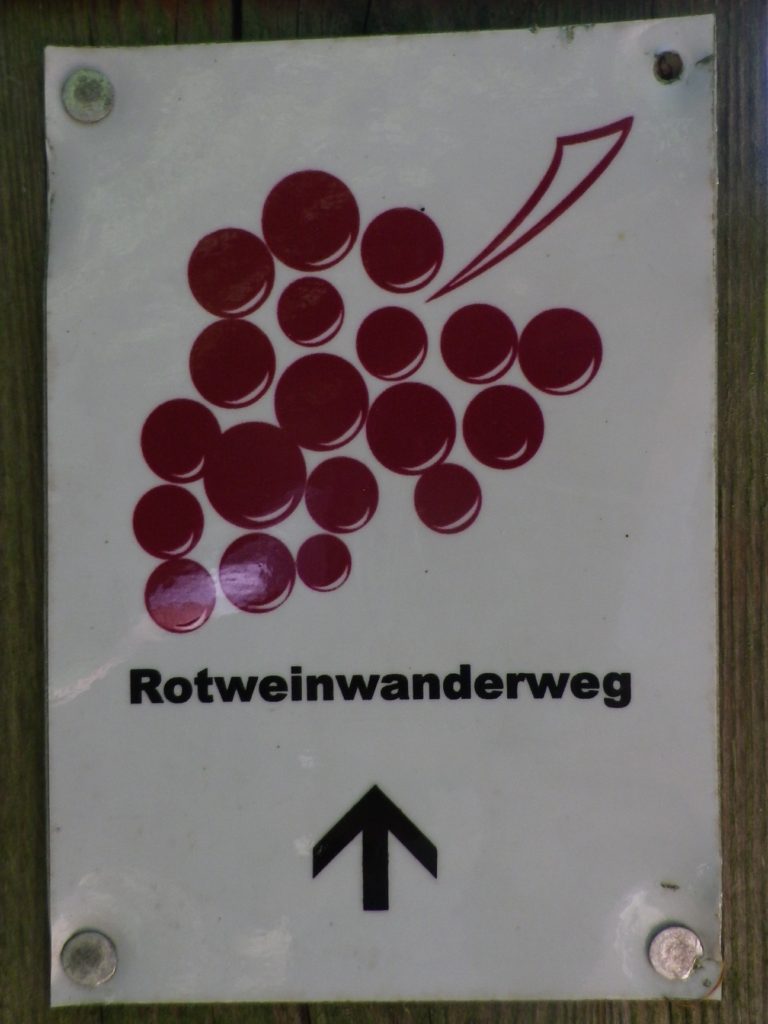What I Learned:
As the Moselle flows through Germany, beginning at the French-Luxembourg border, and continuing to Koblenz downriver, it is divided into sections: Upper, Middle and Lower. The Lower Moselle section also known as the Terraced Moselle. It is without a doubt the most spectacular area visually: steep slopes rise from the river edge, as the Moselle twists and turns on its way to join the Rhine.
This area, downriver from the famous wine village of Cochem, to the river mouth at Koblenz, boasts some of the steepest vineyards in the world. Hence the need for the narrow terraces which dominate the landscape on the vine-bearing hills of this sector. Between the villages of Loef and Lehman, the Loefer Sonnenring Vineyard has a gradient of up to 50 percent! Because of the steepness and terraces, the vines in this sub-region are mostly all worked by hand, resulting in wines that generally are a bit more expensive than other regional wines.
